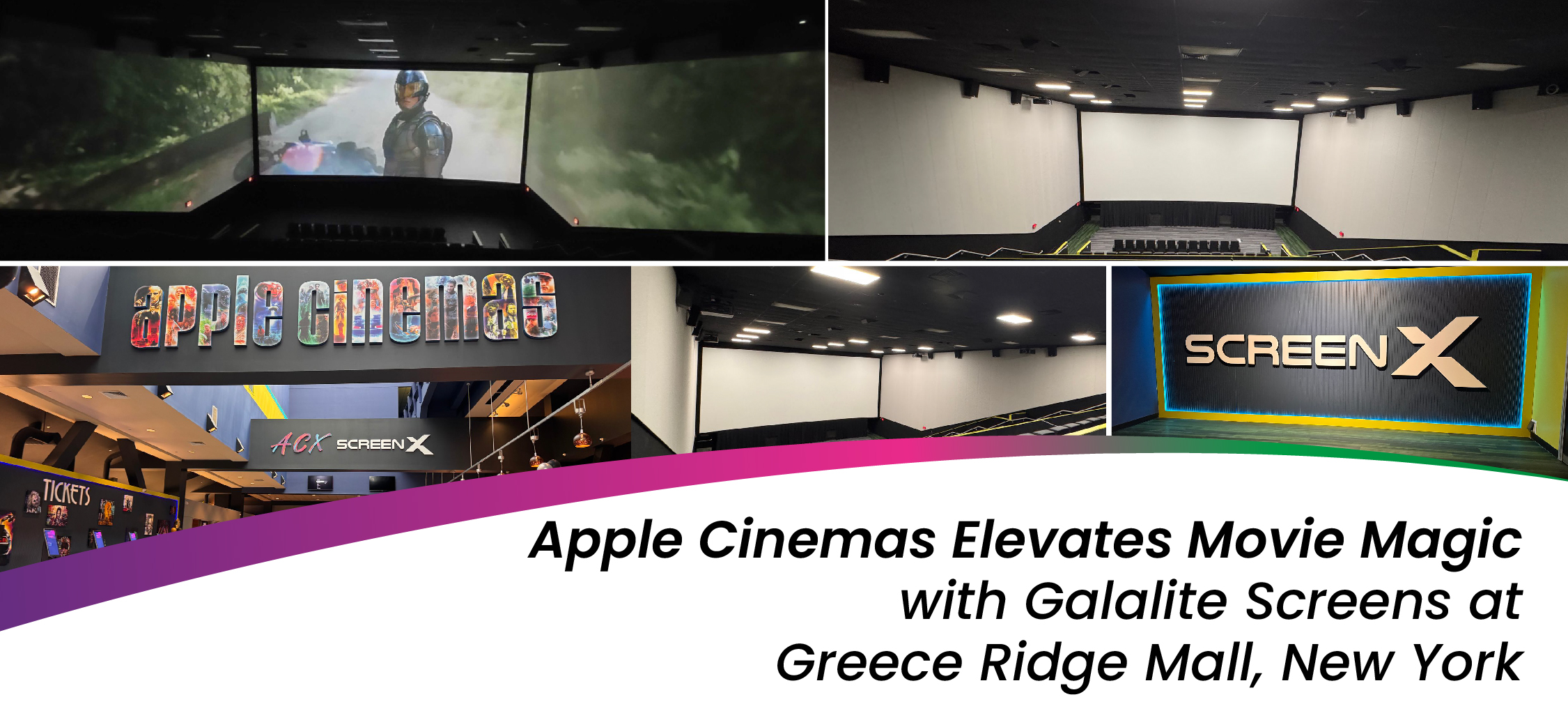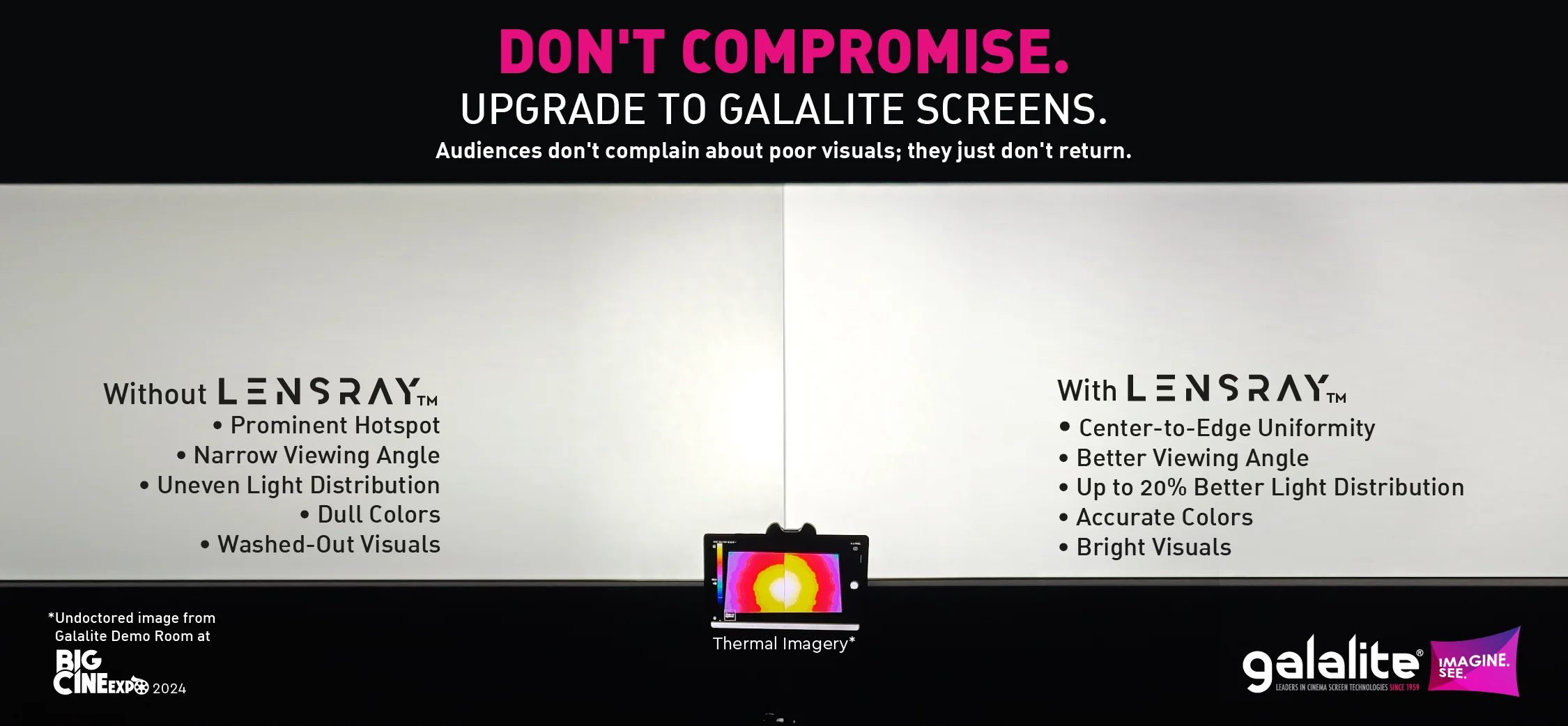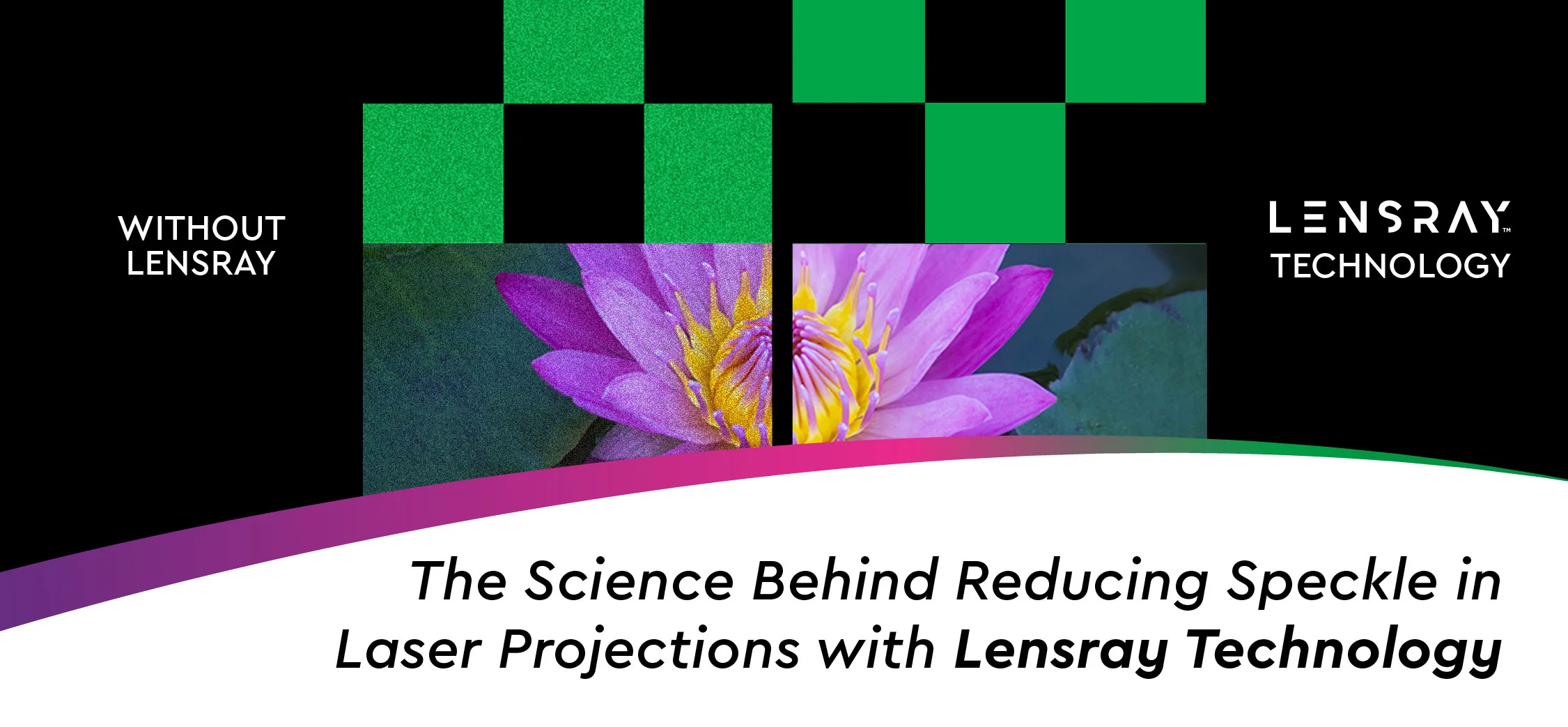
What is Amblyopia? It is a vision development disorder in which an eye fails to achieve normal visual acuity, even with prescription eyeglasses or contact lenses. Amblyopia begins during infancy and childhood. In most cases, only one eye is affected. But in some cases, reduced visual acuity can occur in both eyes. It is also known as ‘lazy eye’.
It has been classically treated by patching the strong eye to force the weaker eye to be used. However, the concept of binocular dysfunction, in which the brain suppresses the image from the weaker eye in favor of the stronger eye, has motivated new approaches to amblyopia treatment. From the latest report of a well-known ophthalmology journal, the researchers describe how the use of dichoptic therapy, which presents different images to each eye separately, combined with popular children’s movies, has produced improved visual acuity in young children.
Dichoptic techniques combined with perceptual-learning tasks or simple games have been shown to improve visual acuity significantly in amblyopia. However, children find these tasks intensive and repetitive, and up to 40% of unsupervised patients are non-compliant. A multicenter team of researchers investigated a potentially more engaging method by using popular animated movies with complementary dichoptic stimulation to hold children’s interest. “If the feature film approach has efficacy similar to the contrast-balanced perceptual learning tasks and games in this proof-of-concept study, it may lead to home-based binocular amblyopia therapy with greater compliance”, noted lead investigator Eileen Birch, Director, Crystal Ball Pediatric Vision Evaluation Center at the Retina Foundation of the Southwest. “The new movie treatment ensures that the lazy eye gets the visual stimulation it needs to improve vision and ensures that the two eyes cooperate to work together.”
They experimented the test with a girl with amblyopia watching one of the dichoptic movies on a passive 3D display while the child wore 3D cinema glasses. Movie scenes were separated into irregular blob-shaped areas that were complementary for the amblyopic and fellow eyes so that the entire scene could only be perceived if binocular vision was used to merge the parts of the picture shown to each eye. Images were presented at high contrast to the amblyopic eye and low-contrast image to the fellow eye. The contrast-imbalance overcomes suppression of the amblyopic eye and reveals the binocular vision. Vision acuity improved in the eye with amblyopia in this study.
“Children achieved 1-4 lines of improvement in visual acuity with just six sessions (nine hours) of dichoptic (both eyes looking at the target on the same time) movie viewing over two weeks”, explained Dr. Birch. “Patching, by comparison, requires 120 hours of treatment to achieve one line of improvement in amblyopic children who have already been treated with spectacles for 12-16 weeks.” While the maximum improvement or the persistence of the improvement remains to be determined, Dr.Birch added, “If these preliminary results are confirmed in a controlled clinical trial, passive viewing of dichoptic feature films could be useful as a primary, supplemental, or maintenance treatment for amblyopia.”
As we, Galalite Screens celebrates 60 years of successful journey in providing innovative cinema screen technologies, we collaborate with Sightsavers India for the campaign called ImagineSee.org. The main purpose of this campaign is to aid the visually impaired children and to share awareness about preventive blindness. We welcome you to join this initiative, together let’s make them see too.



